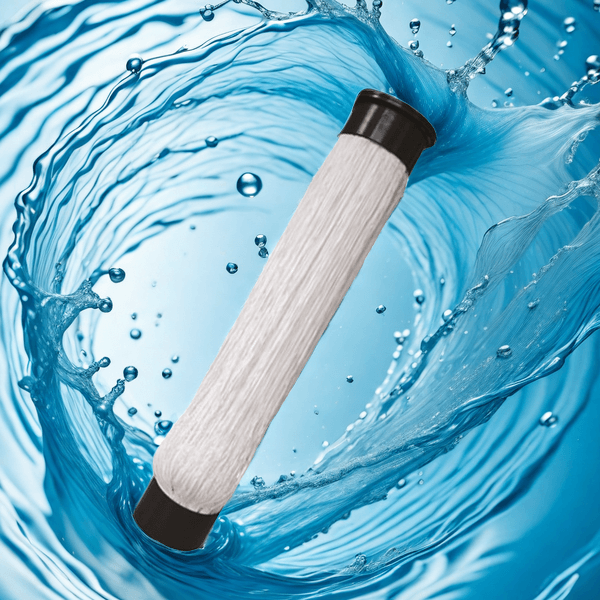How to inspect MBR membrane components?
The inspection of MBR membrane components can be carried out by following the following steps:
1. Inspection of aeration condition:
Regularly check whether the aeration air volume meets the standards to ensure even aeration. Uneven or insufficient aeration can affect the performance of MBR membrane components.
2. Pre membrane differential pressure monitoring:
Regularly monitor changes in pre membrane differential pressure. If the differential pressure before the membrane suddenly rises, it may indicate the presence of membrane blockage. In this case, appropriate chemical cleaning of the membrane components should be carried out immediately, and the transmembrane pressure should be checked to see if it has returned to normal.
3. Observation of the characteristics of activated sludge:
Observe the color and odor of activated sludge. Normal activated sludge should be soil brown, solid, and odorless. If abnormal appearance and odor are observed, parameters such as MLSS (concentration of suspended solids in mixed solution), dissolved oxygen (DO), pH value, water temperature, and BOD (biological oxygen demand) load should be checked to ensure the normal treatment process.

4. Check various operating parameters:
MLSS: Maintain within the normal range of 5000-10000mg/L.
DO: The DO value in the MBR membrane bioreactor should be maintained at 2-4mg/L or above, and there is also data suggesting that the normal DO value should be between 3-5 mg/L.
PH value: Maintain a pH value between 6 and 9 to ensure treatment effectiveness.
Water temperature: Keep the water temperature between 10 and 40 ℃, and some data suggest that the optimal temperature is between 15 and 40 degrees.
5. Liquid level inspection:
Regularly check the liquid level of the MBR membrane bioreactor to ensure it is within the normal range.
6. Leakage detection:
The leakage position can be determined by smearing foam agent or other testing agent on the surface of the membrane module to observe whether there are bubbles.
7. Gas transmittance and diffusion detection:
Use corresponding testing equipment to measure the gas permeability and diffusion rate of membrane components, in order to evaluate the filtration and mass transfer performance of the membrane.
Following the above steps for regular inspection and maintenance can ensure the normal operation and extended service life of MBR membrane components. At the same time, if any abnormal situations are found during the inspection process, the membrane manufacturer should be contacted in a timely manner to obtain professional support and solutions.
